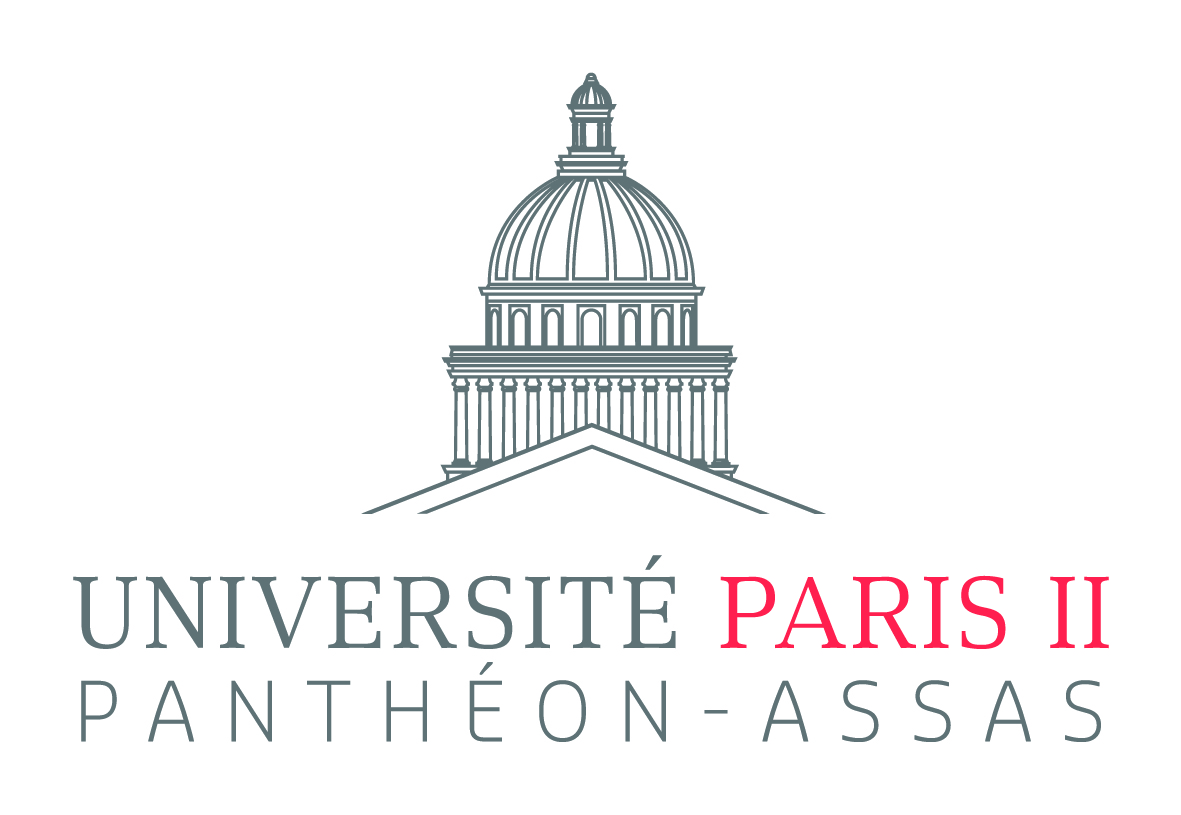
Agrégateur de flux
Arrêt n° 14 du 19 février 2019 (18-83.381) - Cour de cassation – Chambre criminelle - ECLI:FR:CCASS:2019:CR00014
Catégories: Flux français
Arrêt n°114 du 20 février 2019 (17-31.065) - Cour de cassation - Première chambre civile - ECLI:FR:CCASS:2019:C100114
Catégories: Flux français
Arrêt n°195 du 20 février 2019 (18-12.298) - Cour de cassation - Première chambre civile - ECLI:FR:CCASS:2019:C100195
Catégories: Flux français
Arrêt n° 187 du 14 février 2019 (16-20.278) - Cour de cassation – Chambre sociale - ECLI:FR:CCASS:2019:SO00187
Catégories: Flux français
Arrêt n°116 du 20 février 2019 (17-31.067) - Cour de cassation - Première chambre civile - ECLI:FR:CCASS:2019:C100116
Catégories: Flux français
Arrêt n°183 du 20 février 2019 (17-27.129) - Cour de cassation - Première chambre civile - ECLI:FR:CCASS:2019:C100183
Catégories: Flux français
Arrêt n°263 du 21 février 2019 (17-28.857) - Cour de cassation - Deuxième chambre civile - ECLI:FR:CCASS:2019:C200263
Catégories: Flux français
Arrêt n° 18 du 19 février 2019 (18-80.195) - Cour de cassation – Chambre criminelle - ECLI:FR:CCASS:2019:CR00018
Catégories: Flux français
Arrêt n°168 du 20 février 2019 (16-24.580) - Cour de cassation - Chambre commerciale, financière et économique<br> - ECLI:FR:CCASS:2019:CO00168
Catégories: Flux français
Arrêt n°31 du 19 février 2019 (17-85.115) - Cour de cassation - Chambre criminelle <br>- ECLI:FR:CCASS:2019:CR00031<br>
Catégories: Flux français
Arrêt n°80 du 20 février 2019 (18-82.915) - Cour de cassation - Chambre criminelle<br> - ECLI:FR:CCASS:2019:CR00080
Catégories: Flux français
Arrêt n°267 du 20 février 2019 (17-18.912) - Cour de cassation - Chambre sociale<br> - ECLI:FR:CCASS:2019:SO00267
Catégories: Flux français
Arrêt n° 160 du 20 février 2019 (17-22.047) - Cour de cassation - Chambre commerciale, financière et économique - ECLI:FR:CCASS:2019:CO00160
Catégories: Flux français
Arrêt n°268 du 21 février 2019 (16-25.266) - Cour de cassation - Deuxième chambre civile - ECLI:FR:CCASS:2019:C200268
Catégories: Flux français
Arrêt n° 270 février 2019 (18-10.362) - Cour de cassation – Deuxième chambre civile – ECLI:FR:CCASS:2019:C02270
Catégories: Flux français
Arrêt n° 269février 2019 (17-31.350) - Cour de cassation – Deuxième chambre civile – ECLI:FR:CCASS:2019:C02269
Catégories: Flux français
Arrêt n°268 du 20 février 2019 (17-27.600) - Cour de cassation - Chambre sociale<br> - ECLI:FR:CCASS:2019:SO00268
Catégories: Flux français
Arrêt n°276 du 21 février 2019 (18-13.467) - Cour de cassation - Deuxième chambre civile - ECLI:FR:CCASS:2019:C200276
Catégories: Flux français
Arrêt n°269 du 20 février 2019 (17-17.744) - Cour de cassation - Chambre sociale<br> - ECLI:FR:CCASS:2019:SO00269
Catégories: Flux français
Arrêt n°278 du 21 février 2019 (17-27.487) - Cour de cassation - Deuxième chambre civile - ECLI:FR:CCASS:2019:C200278
Catégories: Flux français
Pages
Sites de l’Union Européenne
- Europa, portail de l'UE
- Eur-Lex, moteur de recherche du droit de l'UE
- Répertoire de la législation de l'UE en vigueur
- Cour de justice de l'UE
- Direction Justice de la Commission
- Observatoire législatif du Parlement
- Suivi des procédures interinstitutionnelles
- Synthèses de la législation de l’UE
- Portail e-Justice
- JURE, décisions nationales (Bruxelles I et II bis)
- Atlas judiciaire européen en matière civile
- Réseau judiciaire européen
- EuroVoc, thesaurus multilingue de l'UE
- IATE, base terminologique de l'UE
Theme by Danetsoft and Danang Probo Sayekti inspired by Maksimer



